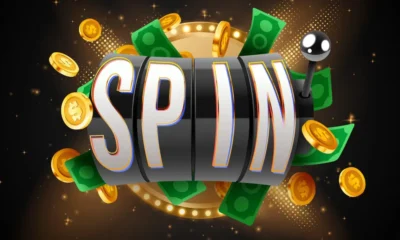How to Write a Narrative Essay?
Narrative or personal essay is the most common type of essay writing. Unlike academic writing, narrative essays are liberal by nature. This means you will have the freedom to discuss your feelings and emotions without reservations in terms of language and style.
The purpose of this text is to test students’ storytelling skills.
In narrative essays, you can get creative through the power of telling a story. Even so, a narrative essay should have a specific rhythm to deliver the story as intended. Below, let’s go over the techniques and tricks to help you write the best narrative essay yet.
What is a Narrative Essay

source: pexels.com
Narrative essays are mostly used when applying for college, an internship, or a particular job position. The purpose of the narrative essay is to present yourself and the intention behind your application.
The conventions of the narrative essay allow you to experiment with the language and use personal experiences as your writing basis. Basically, you have every freedom to be the narrator, but a careful one at that, one that doesn’t cross the line to a short story.
In a narrative essay, you’re allowed to use many narrational elements but only within the boundaries of an essay structure. The narrative essay has one purpose, whereas short stories have another.
In a way, you are allowed to use these elements only if you pursue a chronological line of events that will lead to the final purpose and leave the reader satisfied with what you laid out.
To create the perfect narrative essay, you’ll need the basics – an introduction, a body, and an ending.
How to Write a Narrative Essay Introduction

source: pexels.com
As in any introduction, in a narrative essay, too, you have to present or familiarize the readers with the topic you will discuss in the essay. Since the essay allows the writer to be creative and experimental, you can start with an anecdote or an experience that will later unravel in the text.
Make sure that the story is presentable and that it creates a close relationship with the reader. Or, if you have more time to experiment, include the distant narrator effect.
This effect happens when the essay begins with definite determiners, whilst still remaining connected to the goal of the essay. This method proved effective since readers have no other option but to cling to the fantom relationship with the narrator
and read on to learn what happens next.
Curiosity is what holds attention the most.
How to Write Narrative Essay Body?

source: pexels.com
The ideal number of paragraphs in a narrative essay is around 5. However, before we begin, remember that the plot development in a narrative essay happens in linear intervals, hence the chronology.
Although you have the liberty to be subjective, flashbacks – often seen in short stories – are forbidden. In other words, stay close to chronological storytelling.
In the first paragraph, hook the reader with a quote from a famous work that everyone knows. Then lead the story closer to its culmination.
The second paragraph should be the revelation of the story itself. In this paragraph, you should explain the purpose of the story. Make sure to give an elaborate answer
to the purpose, and support it with viable arguments.
The third paragraph should explain some of your personal and interpersonal qualities, kike, say, what makes you qualified to apply for the given job.
In the fourth paragraph, you can share your ideas and opinions on the given subject. To make your statements bolder, support them with a quote – but make sure to point out who you are quoting.
Come to the fifth paragraph, it is time to add a call to action. A call to action is a writing technique used to make the reader take action. For example, if you’re applying for a scholarship, college, or a job, ask a rhetorical question that will trigger the reader to take the next step.
How to Write a Narrative Essay Conclusion?

source: pexels.com
The conclusion of a narrative essay is the most enjoyable part when writing the essay since it gives you multiple options to round up your story in a gripping fashion.
For example, you can use dialogue with a thought-provoking message as your ending. Or, you can feature a relatable conversation – this always grips the reader. Finally, you can also go for a plot twist and leave your readers with a satisfying cliffhanger.
Not to forget, you can also add a moral to the story. That way, you’ll lead the reader to the answer – instead of having them connect the dots and possibly misinterpreting what you wrote. And, the same goes for a reflective ending – point out what made you choose this particular story to represent yourself.
The options are limitless, so use your imagination. The key to a stellar ending is to choose the one that suits your personality most.
If you care to learn more about narrative essays – you can always reach out to an essay company for the full pro experience!



















